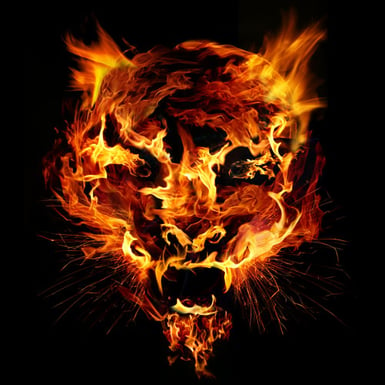Follow us on:


Screen printed t-shirts are awesome. Most times they look pretty cool, but the medium isn’t all encompassing. Follow this simple checklist of the 7 musts to make sure your art will print perfectly for screen print:
Most fonts are printable at 12 points or more. Line width should never be thinner than .3 points.
Pantone colors are the universal language for designers and printers and are used as guides to communicate the specific color you wish to achieve.
Whether printing on light or dark color garments, there may be a slight variance in tone of the PMS color you called out and the PMS color that is printed. This is attributed to the difference is RGB color, print formulas and substrate.
These graphics often don’t translate well from screen to screen print. Stick with simple color blends using the gradient tool to ensure your print will match what you design.
These graphics maintain the original quality when scaled. If using raster graphics, be sure the graphics are created at a minimum of 300 dpi at print size.
There’s an incredible amount of nuance to screen printing digital graphics on apparel. If you want to be sure your art will print just as you envision, ask an expert to review your art before placing an order.
© 2025 SHARPRINT, All Rights Reserved.
Leave a Reply
Your email address will remain private and will not be shared.